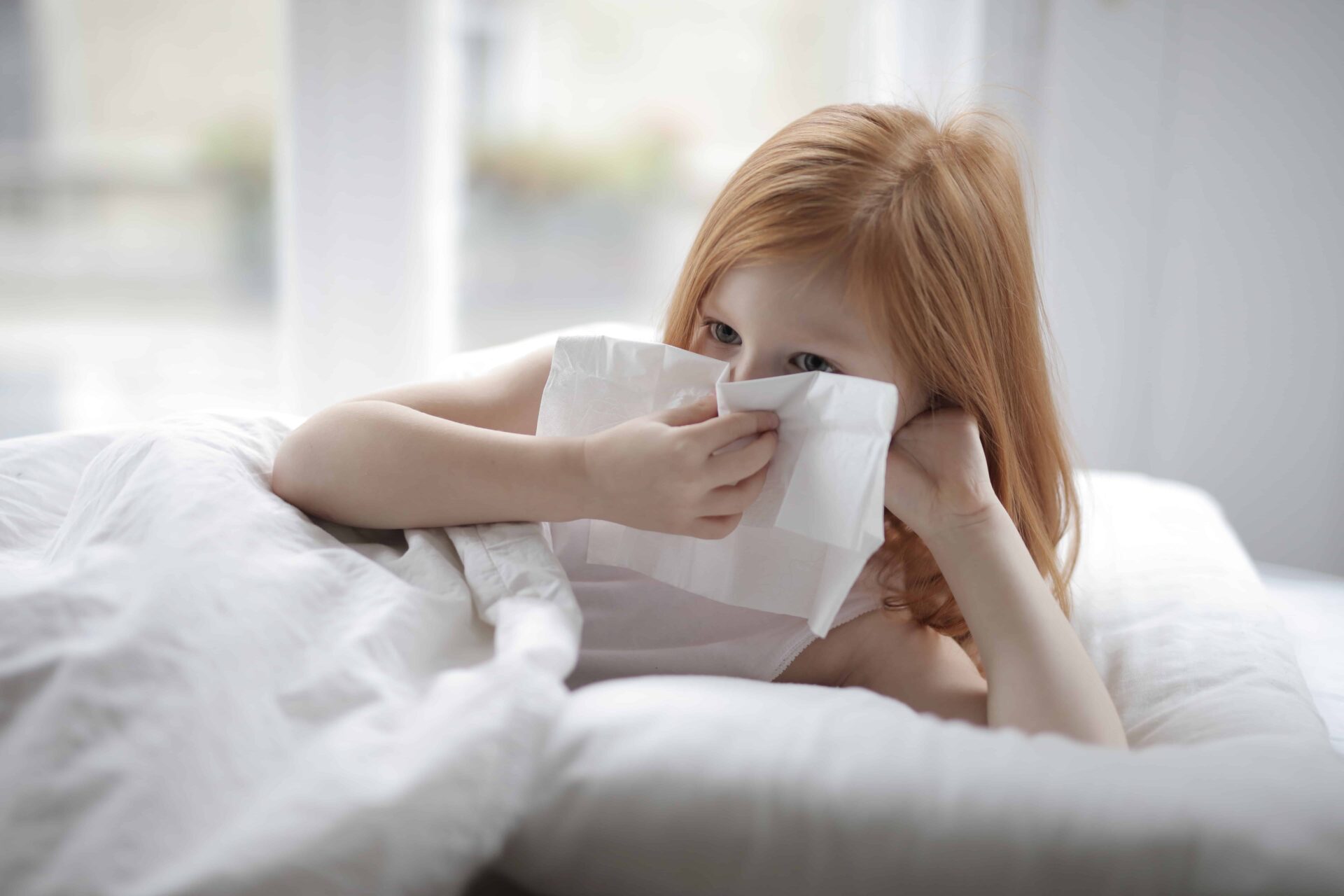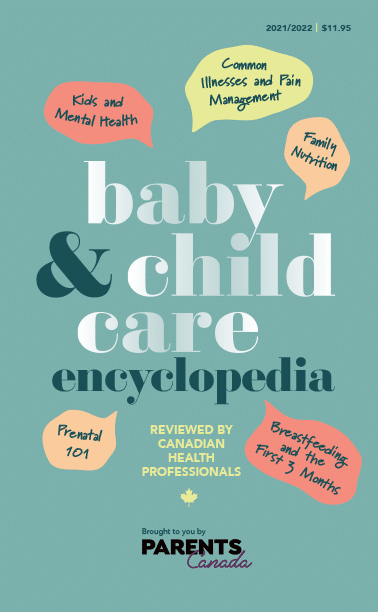Health
9 min Read
Signs and Symptoms of Illness in Kids

October 29, 2021
Health
9 min Read

October 29, 2021

Idon’t feel well! These words strike fear into the hearts of parents around the world. But—and this probably won’t be a surprise to you—infections and illnesses are a common part of childhood. It’s expected that healthy children will have as many as eight viral infections a year and even as many as 100 in their first 10 years of life. With this in mind, we’ve rounded up some helpful information to help you manage symptoms at home, tips for when to call the doc or seek out emergency medical care and a breakdown of some of the common illnesses your kids may face.
A symptom is what the patient notices and complains about. A sign is a physical change the doctor notes upon observation and examination. The signs are usually of more importance than the symptoms. It is what is observed that provides the most valuable information in determining just what kind of illness is present and whether or not is might be serious.
Three changes are often the first sign that something is wrong, although it may be many hours or even days before more evidence develops.
The presence of a fever almost always means an infection. The average fever isn’t dangerous or harmful—it’s the body’s normal reaction to the presence of foreign organisms. Parents should watch for the following complications:
A fever in a baby under four months of age must always be regarded as potentially serious. Call your doctor.
A fever itself is not harmful. What counts is the cause. You don’t have to give your child anything for the fever just because it is there. A sick child’s fever is usually highest from about 6 p.m. until 3 a.m. If the fever is gone by the evening, your child will almost certainly not have a temperature the next day.
Indications for treating the fever:
What to do:
Remember that your child can lose heat only through the skin when the skin is hot and flushed. If your child’s body feels cool or is shivering, wrap them up in a blanket until the skin is hot again; otherwise none of these techniques will work.
One of the scariest experiences for parents is watching their child have a convulsion (seizure). About one child in 20 between the ages of six months and four years suffers from seizures that are triggered by fever. In most children, these seizures (called febrile seizures) don’t happen every time there is a fever. It seems to depend on a number of factors:
Most children’s seizures are of the febrile type. They usually last a few minutes and the child may be sleepy after. A child outgrows them and will not be left with any brain damage or an increased risk of seizures in later life. Most parents learn how to cope with seizures. They also learn through experience that it is not necessary to call 911 or rush the child to a hospital emergency room.
Read Medicine Cabinet Go-tos and Giving Medication to learn more about medication for treating fevers.
Kids are prone to a few physical reactions to illness or injury, so it’s helpful to know how to handle them when they crop up, regardless of the root cause.
Rashes Most rashes are due to either skin reactions (allergies and dermatitis) or to infections in the skin. None of these skin eruptions make the child sick or cause a fever unless there are complications. Rashes often occur in the course of viral infections. The type of rash that accompanies the fever helps your doctor recognize illnesses.
The presence of a rash with an illness does not make the illness any more serious. Usually, the rash is not itchy, but if it is, apply simple applications like calamine lotion or put your child in a bath with baking soda or a commercial baby wash recommended by your baby’s doctor.
The time for concern is in the event that the spots look like blood under the skin and don’t become paler when you press over them. Such a rash may be a sign of septicaemia (blood poisoning) and your child should be taken to a hospital immediately.
Cough and Congestion It is common for children’s infections to involve the respiratory system. The child develops a cough that at first is dry and irritating. After a day or two, the child’s nose begins to run and the cough begins to sound loose. At this stage many parents say the child is “congested” and worry that there is some trouble in the lungs. The most common reason for a loose, moist cough is that the mucous from the back of the child’s nose is trickling down the back of the throat to the top part of the windpipe. This happens easily when the child is lying down.
When mucus trickles down the throat to the windpipe, adults automatically clear our throats, but children clear their throats by coughing. Suppressing the cough deprives the child of a mechanism for protecting the lungs. It is wiser to make sure that the air the child breathes is well-humidified so that the phlegm doesn’t dry out and become thick and sticky (and therefore harder to expel).
Signs that suggest that the infection is affecting the lungs and that the child should be examined are:
Vomiting Vomiting is usually associated with problems directly involving the stomach or bowel, but can occur in children for other reasons. Some children will vomit from high fever, and others from emotional upsets. Some children have very strong gag reflexes. In these cases, there is nothing wrong with the stomach.
Stomach flu is a common virus infection in young children. Usually the child is listless, especially after vomiting. The vomiting is not caused by coughing, and often comes with little warning. At the beginning of a stomach flu (also known as viral gastroenteritis), the child may vomit repeatedly and be unable to keep anything down. After a delay of six to 24 hours, diarrhea usually occurs.
It is important to avoid dehydration. For most children who are healthy and well-nourished before the flu starts, the risk of serious dehydration depends on excessive loss of fluid rather than a failure to take in fluids. Any healthy child, even a baby, can safely go for up to 12 hours or more without drinking much, as long as there are no fluids being lost by vomiting, diarrhea or very heavy and continuous sweating. A child with gastroenteritis usually can’t keep very much down for the first 12 hours or so, but keep offering frequent small sips of flat ginger ale or diluted apple juice—start with a tablespoon every 15 minutes, then gradually increase the amount as tolerated. Paediatricians often recommend rehydration fluid for children, which you can buy at any drugstore. Things can change very quickly with stomach flu, so if your child continues to have vomiting or loose bowel movements after a couple of days, check with your healthcare provider.
